Japanese gardens are traditional gardens that create miniature idealized landscapes, often in a highly abstract and stylized way. The gardens of the Emperors and nobles were designed for recreation and aesthetic pleasure, while the gardens of Buddhist temples were designed for contemplation and meditation.
Japanese garden styles include karesansui, Japanese rock gardens or zen gardens, which are meditation gardens where white sand replaces water; roji, simple, rustic gardens with teahouses where the Japanese tea ceremony is conducted; kaiyū-shiki-teien, promenade or stroll gardens, where the visitor follows a path around the garden to see carefully composed landscapes; and tsubo-niwa, small courtyard gardens.
Japanese gardens were developed under the influences of the Chinese gardens, but gradually Japanese garden designers began to develop their own aesthetics, based on Japanese materials and Japanese culture. By the Edo period, the Japanese garden had its own distinct appearance. Since the end of the 19th century, Japanese gardens have also been adapted to Western settings.
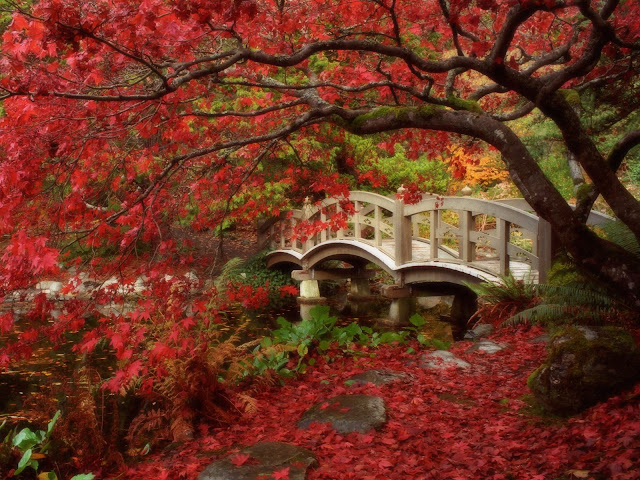
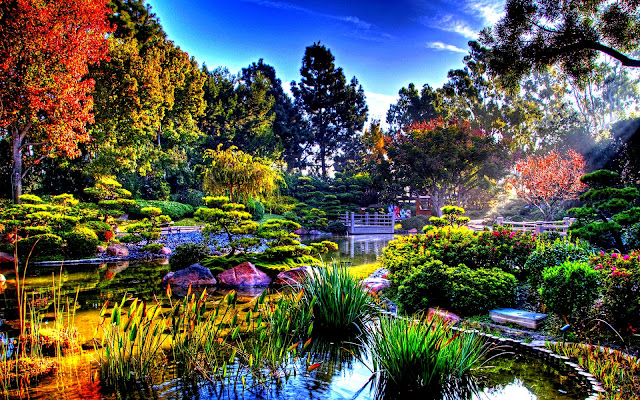

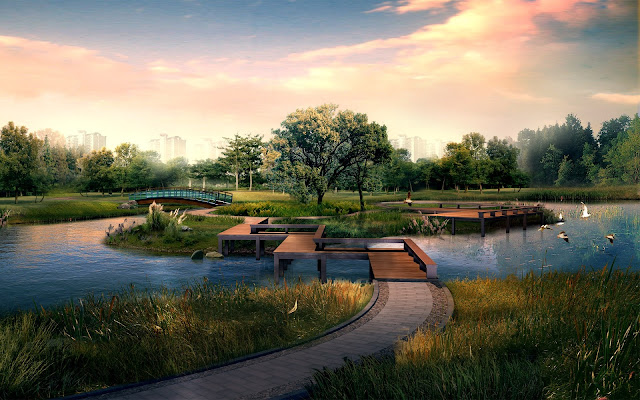
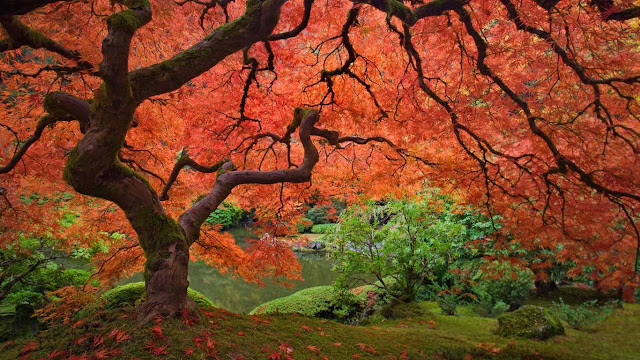
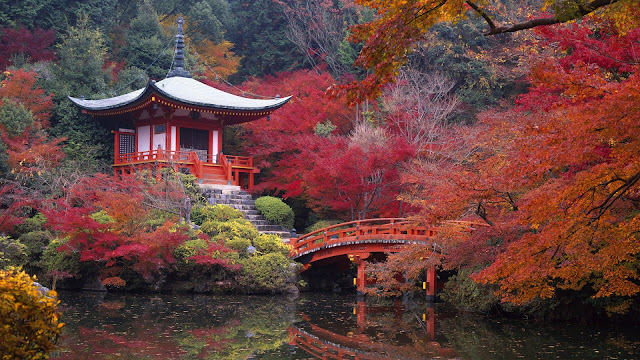
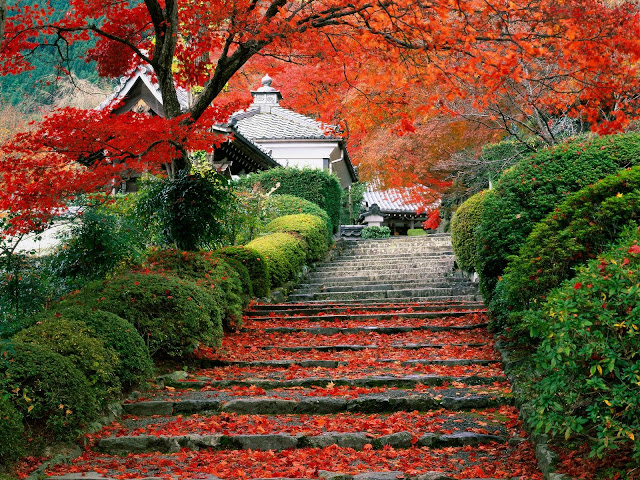
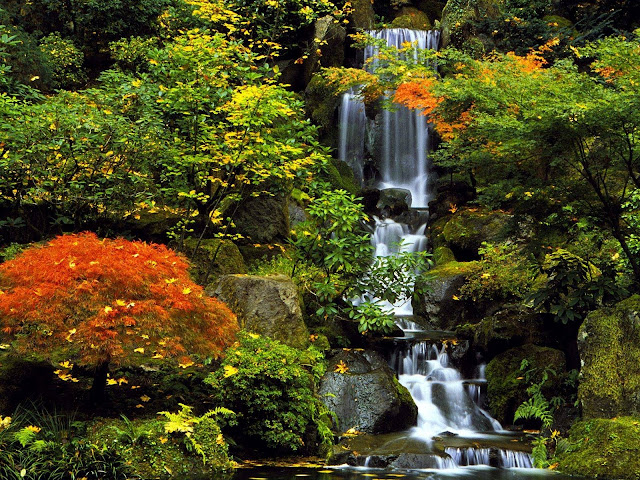
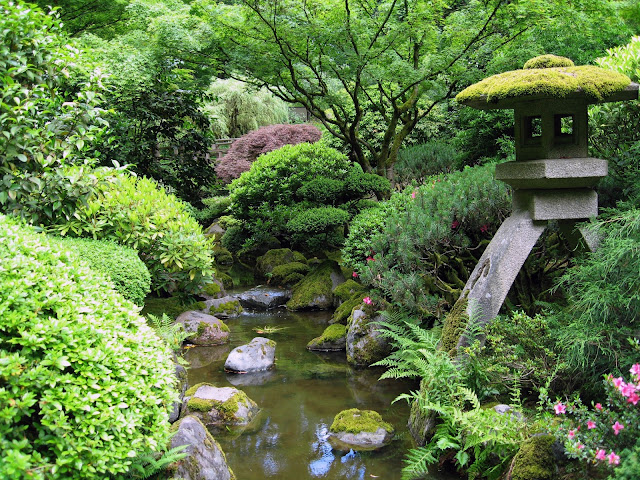
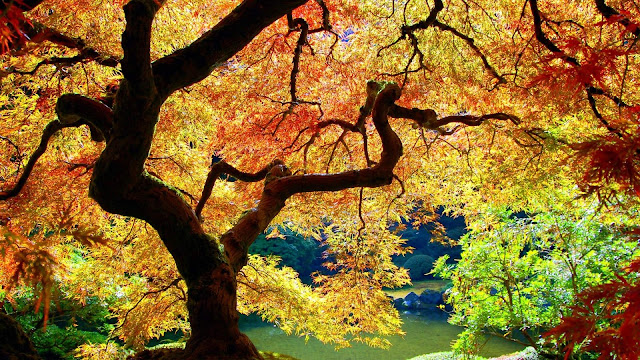
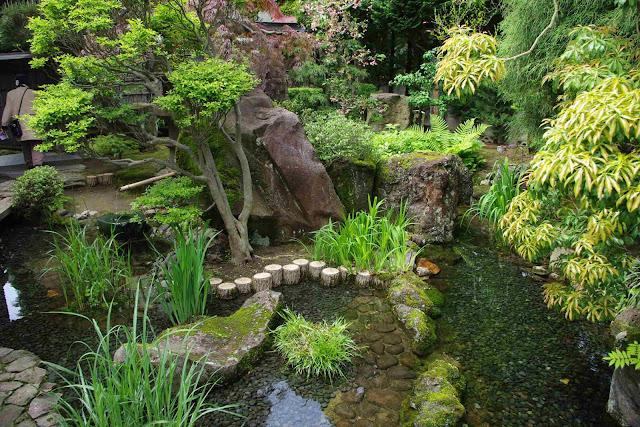
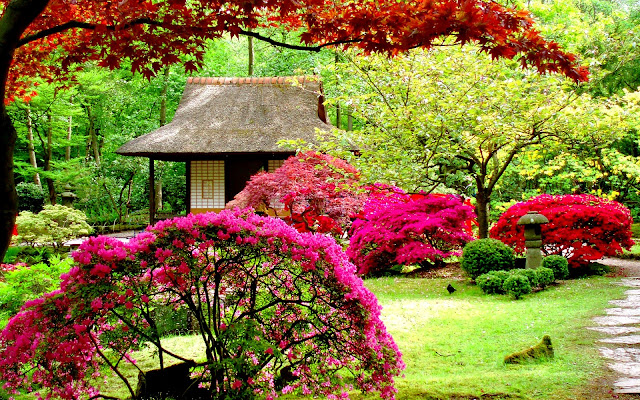
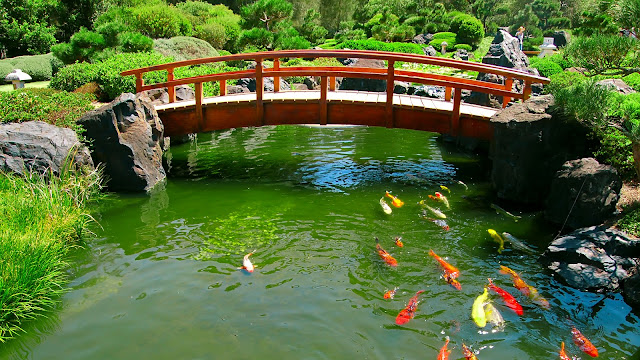
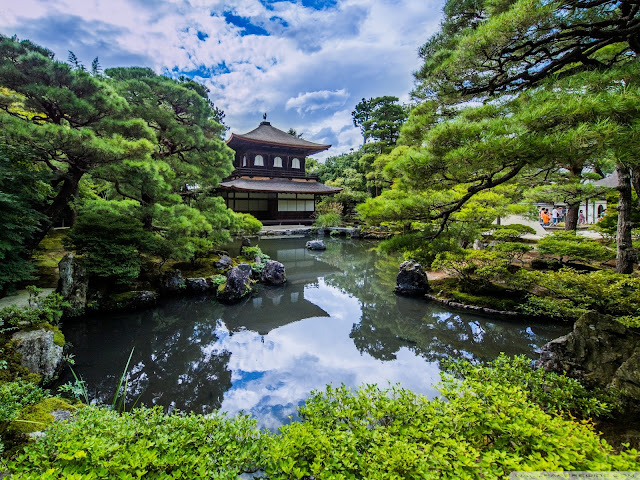
No comments:
Post a Comment